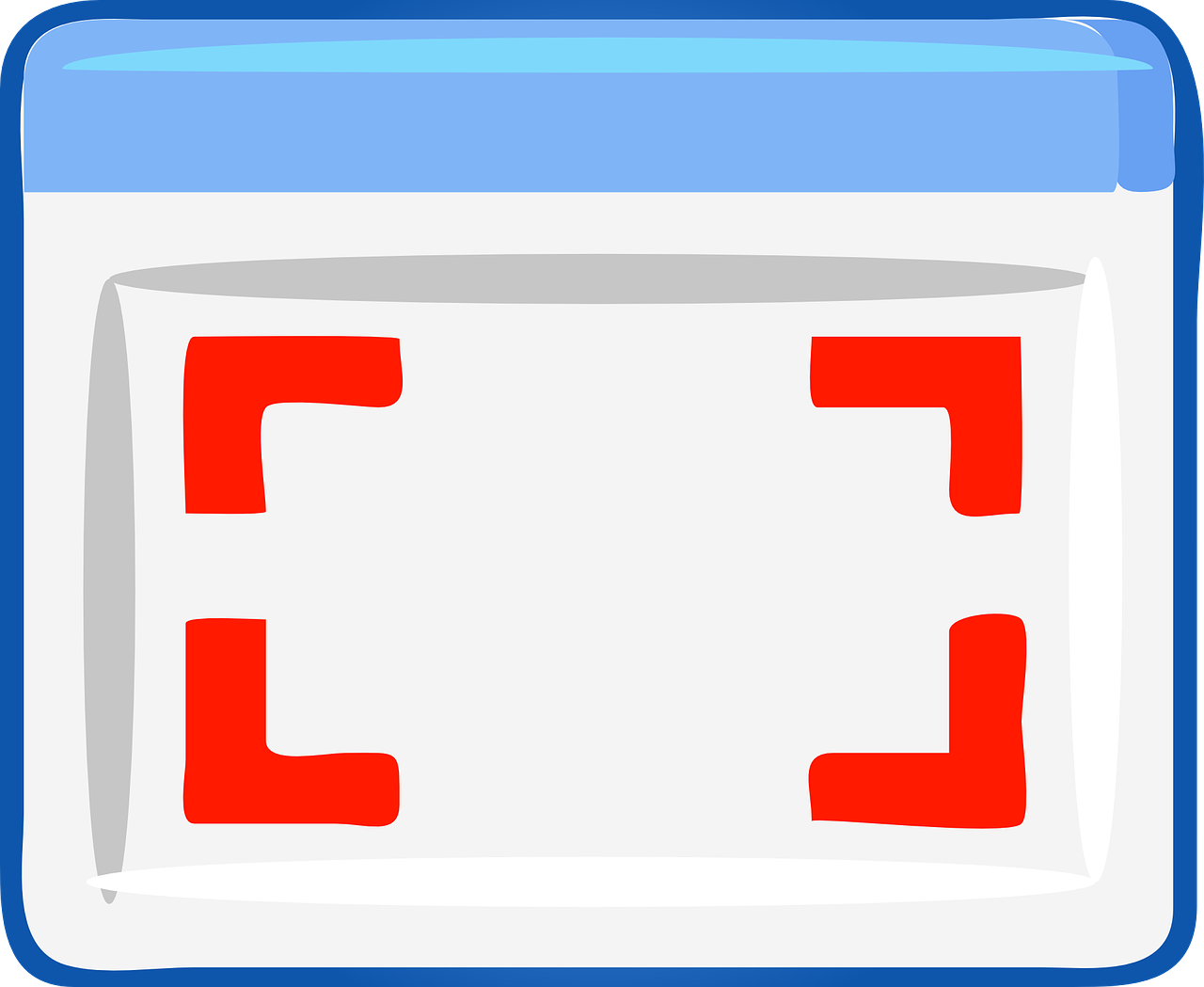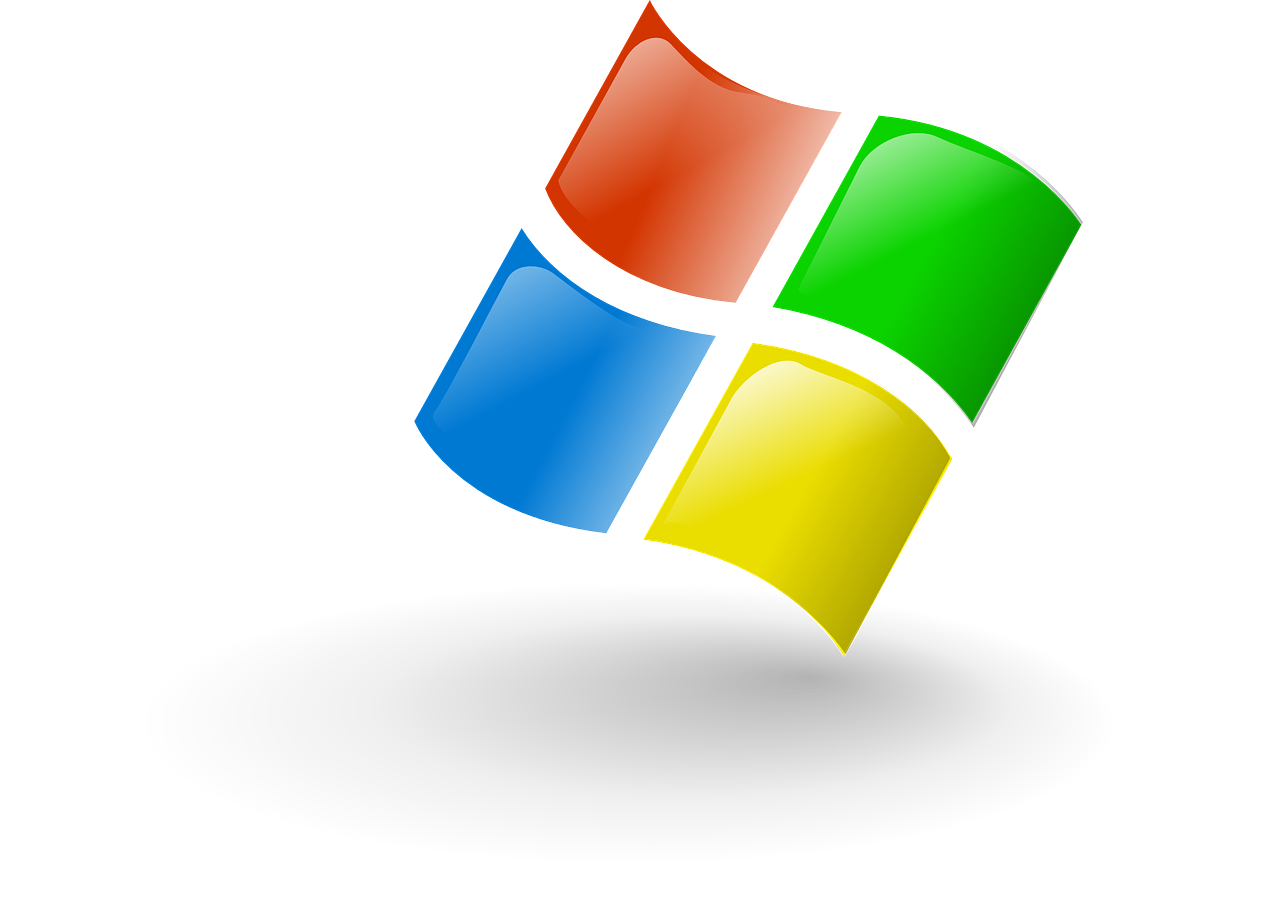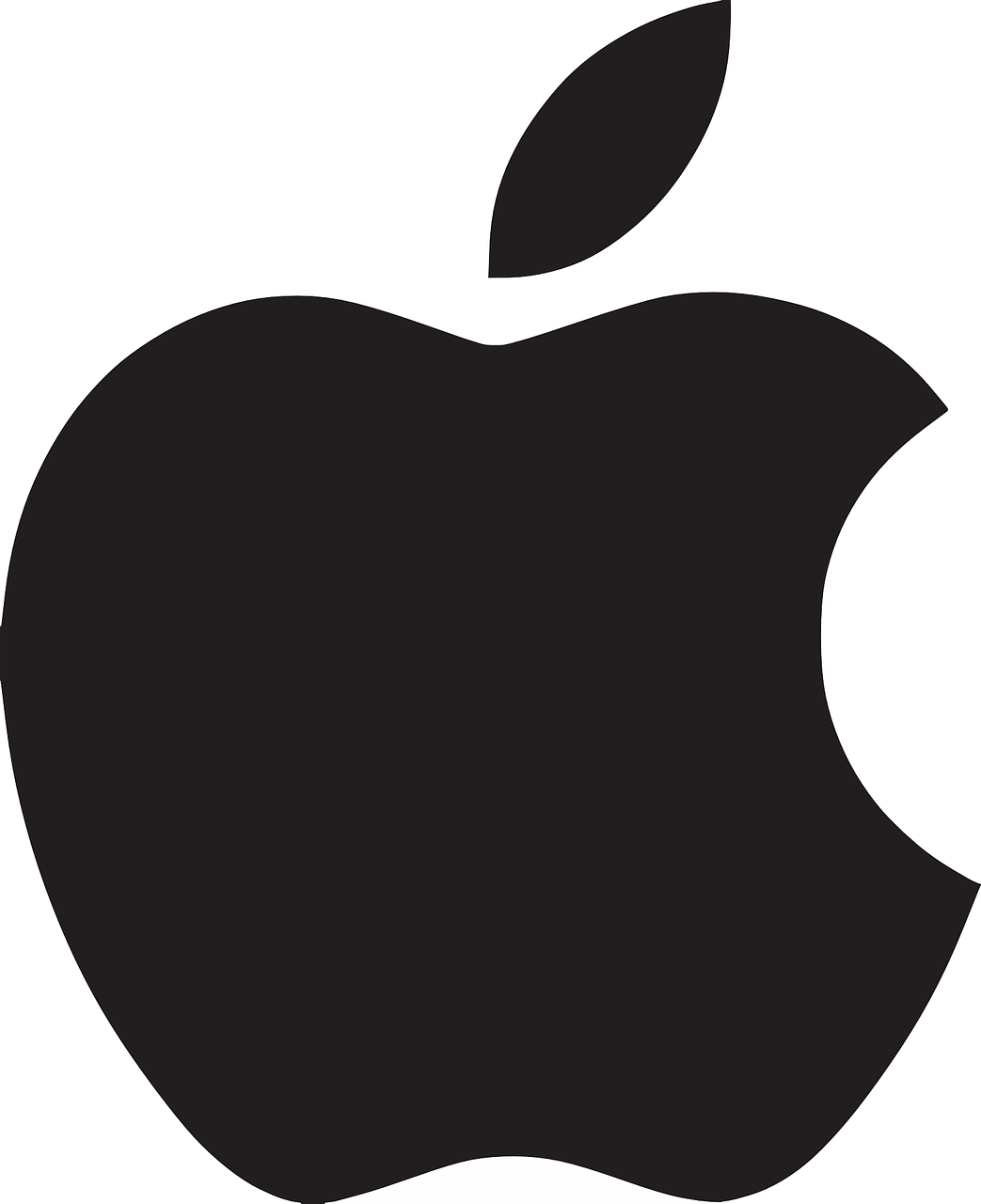
BLOG
Screenshots, why and how!
Screenshots are the simplest way to show off your new program, point out a bug, and save that picture on Facebook to your camera roll. They're the easiest way to save anything on your screen. And they're so integral to the way we work, every operating system comes equipped with a screenshot tool.
But screenshots aren't always simple. If you aren't careful, screenshots can accidentally expose private information or obscure the part of a website you need to share. Built-in screen capture tools often hide behind cryptic keyboard shortcuts. And when a picture alone won't cut it, you'll need to make a video or GIF to show what's happening on your screen.
Why Take Screenshots?
Why should you care about taking high-quality screenshots? Because now, more than ever, we speak through pictures.
Photography used to be a time-consuming, expensive endeavor. You'd try hard to make each picture count. No one ever took photos of their parking spot to keep from losing their car, or of a price tag in a store just to comparison shop.
Smartphones changed that. Now everyone carries a camera, and pictures are for more than special occasions. Sure, we take pictures of sunsets and babies, but also of receipts, our refrigerators, street signs, and ourselves (lots of pictures of ourselves).
Screenshots are the perfect way to save a picture of anything on your screen.
We're visual communicators. And like your writing, your visual communication needs to be clear, concise, and to-the-point.
Screenshot tools let you do that with your digital life. You might photograph something to remember or share it—and you'll screenshot for the same reason. Screenshots are the simplest way to share your screen with anyone, anywhere. Whether it's a cute Facebook photo, a tricky bug, or a quickly-deleted Tweet from a politician, everyone has reasons to take screenshots.
But you still need to take quality screenshots—especially if you're using them at work, or for your customers. Here are some quick tips on grabbing superior screenshots. Then, we'll dive into the nuts and bolts.
How to Take High-Quality Screenshots
Screenshots are more than just pictures of software—they're pictures of your workspace, with all the info you might see right now. That's why you shouldn't just snap a random screenshot.
Think carefully about what's on your screen and why you're shooting it, to make sure your screenshots are perfect for their intended purpose. Here are a few pointers:
Consider what the screenshot is for. Making a software tutorial? You'll want to show the entire app, and perhaps add an arrow to point out features and guide your readers. Bug reports might need to show the broken part of the app. And just-for-fun screenshots should be double-checked to make sure they only have the info you want to share.
Never share private info. Our devices brim with private info, from phone numbers and email addresses to more sensitive data including ID and credit card numbers. They're usually secure on your device, but if you take a screenshot and share it, anyone can see whatever was on your device when you took the screenshot. Be sure the app you're screen capturing doesn't show private data—and if it does, either crop or blur that part out.
Be careful with auto-upload. Some third-party screenshot tools like Droplr can automatically upload screenshots. That's handy to share a Google Analytics graph with team members quickly, but be careful about sharing sensitive items. When it comes to your privacy, the convenience might not be worth the risk.
Don't show too much. Trying to point out a bug in an app? Don't share a full-screen screenshot. Instead, crop the screenshot to show just the app—then perhaps add an arrow to point out the problem.
Don't show too little, either. A screenshot of only the bug might not give enough context, though. Typically, it's best to share a screenshot of the full app or at least the main parts of the app.
How to Take Screenshots on Windows
Windows PCs make it so easy to capture screenshots, there's a dedicated key on your keyboard for it: PrtScn (or Print Screen or PrtSc, depending on your keyboard). Tap that key, and Windows will copy a screenshot of your entire screen to your clipboard, which you can then paste into a document or blank Paint canvas to save.
For more specific screenshots, Windows has built-in keyboard shortcuts for screenshots:
Copy full screen screenshot to clipboard:
PrtScnSave full screen screenshot:
Windows Key+PrtScn(or Windows Key + Volume Down on a tablet)Copy screenshot of single window:
Alt+PrtScnSave screenshot of single window:
Windows Key+Alt+PrtScn
Have a Microsoft Surface tablet or laptop? Instead of the PrtScn key, here are the keyboard shortcuts to use:
Copy full screen screenshot to clipboard:
Fn+SpaceCopy screenshot of single window:
Fn+Alt+SpaceSave full screen screenshot:
Fn+Windows Key+Space
How to Take Screenshots on Mac
Macs don't come with a screenshot button, but you can still capture anything on your screen with the default Mac screenshot keyboard shortcuts:
Save fullscreen screenshot:
Command+Shift+3Save screenshot of single window:
Command+Shift+4, press theSpacekey, then click on the window you want to captureSave screenshot of selection:
Command+Shift+4, then select the area you want to capture with your mouse cursor.




